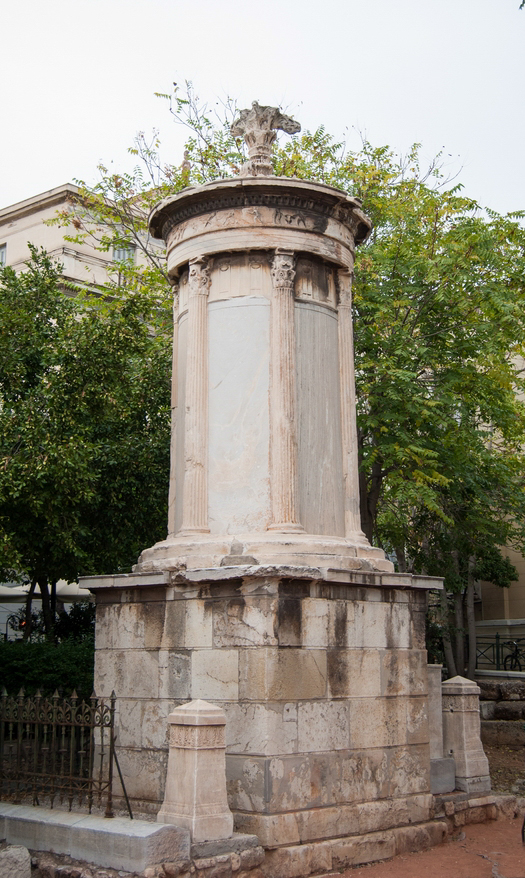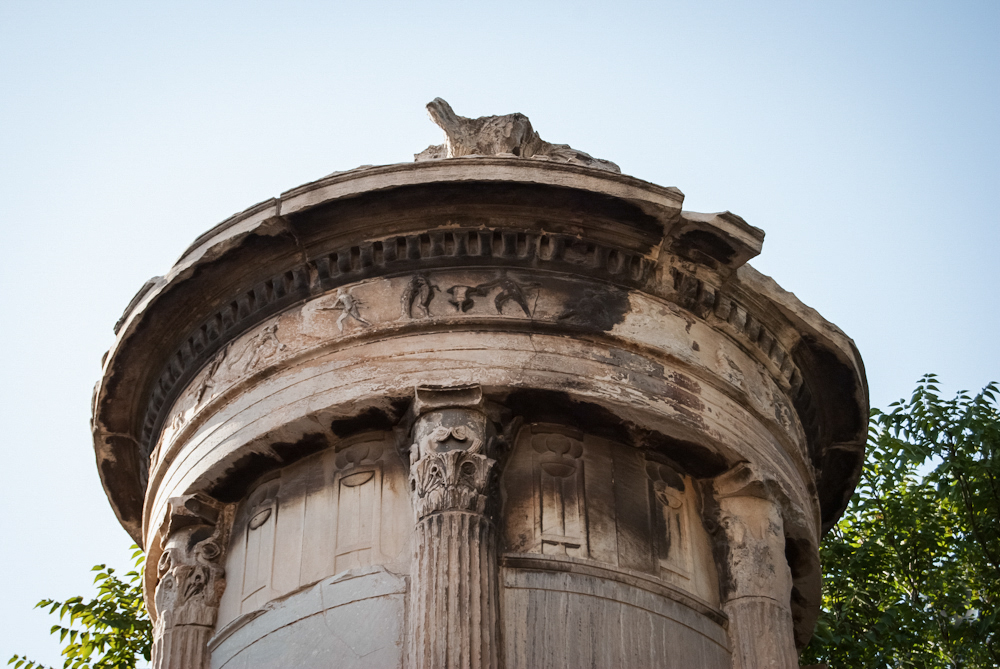Choragic Monument of Lysicrates
The Monument of Lysicrates is the best preserved choragic monument in Athens.
Location
Timeline
Modern and Contemporary era (1821 - )
1829 A French explorer tried to get it, but failed.
1892 Its restoration was completed by Francois Boulanger and Eduart Loviot.
Ottoman era (1453- 1821)
1669 It was part of the monastery of the Capuchins. It was used as a library and reading room. The monastery, which was destroyed during the Greek Revolution, also hosted Lord Byron.
1801 The Capuchin Abbot managed to rescue it from Elgin.
Byzantine era (331 AC- 1453)
Roman era (30 BC- 330 AC)
Hellenistic era (322- 31 BC)
Classical era (478-323 BC)
334 BC It was constructed.





Share